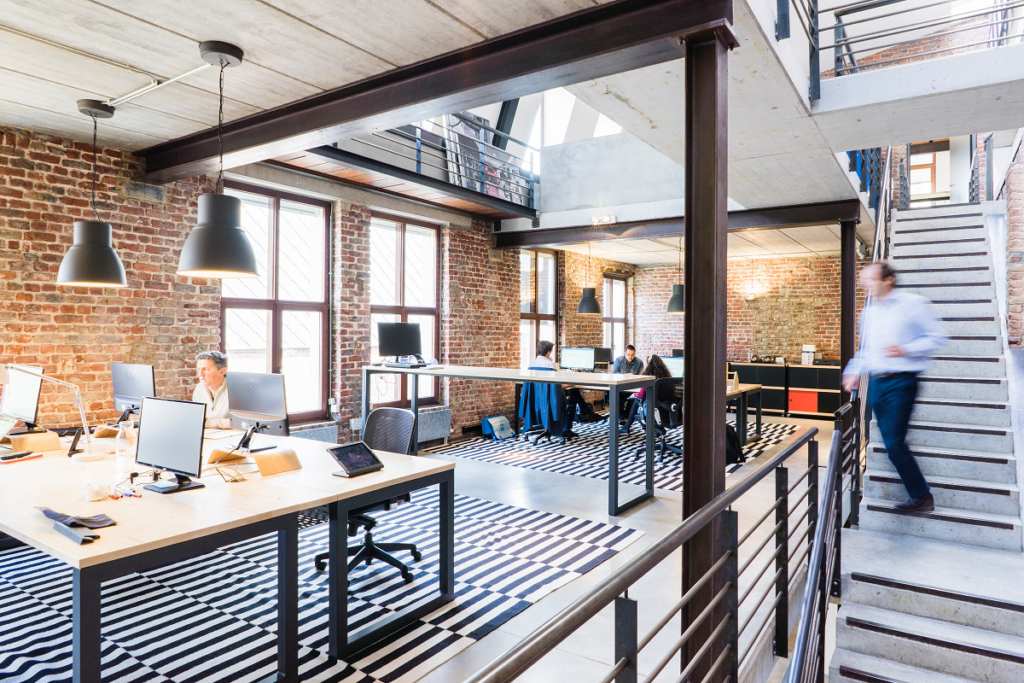Going back to work after the pandemic will certainly be a challenge for everyone. Working from home has impacted our daily habits and the way we approach our work. And once again, we’ll have to revise both.
However, returning to the office also means that we’ll need to do more to protect employee health and safety. Take a look at our workplace safety checklist to ensure you are doing what you can in a not-yet-post-covid world.
Reduce the Risk of Transmission
To minimize the risk of coronavirus transmission in the office, ensure that the people who do come into work are healthy and feeling good. If someone exhibits any of the symptoms of the disease or if they’ve had contact with a suspected or confirmed case, they should work from home.
This policy may be disruptive, and it can even cause delays in your output. However, it’s a much better solution than risking half of your staff contracting the disease and being out of the office for a prolonged period.
Implement Social Distancing
Offices still need social distancing measures. This means you may have to start working in shifts or that some of your employees may need to remain at home.
You should also ensure there is plenty of physical space between people. Move the desks around if you need to, and turn some of the communal areas into improvised offices for the time being.
You should also limit the number of employees who can use communal spaces at a certain time. That means no more gathering around the water cooler and chatting in the kitchen. If you have an outdoor space, you can encourage your team to socialize there or take a walk around the block instead of meeting indoors.
Enforce High Standards of Hygiene
You employees should be increasingly mindful of their personal hygiene while at the office. Washing their hands regularly and sanitizing their desk area should become the new normal. Sneezing into one’s elbow and avoiding handshakes should also be encouraged and enforced.
Every employee should sanitize their own personal area every day. Provide the right tools for this task, and ensure there is enough cleaning equipment at the office at all times.
Making sure the communal areas, especially the bathrooms, are sanitized more often should also be on your list. Wipe or spray the banisters, light switches, and door handles with alcohol often.
Ensure everyone disinfects their hands when first arriving at the office, as well as before every meal or when making a cup of coffee. Everyone should also have their own glasses and mugs.
Reduce the Number of Visitors
If you can, minimize the number of people coming into the office. Hold consultation and sales calls online, and only allow visitors if it is absolutely necessary for them to come in.
Try to hold meetings off premises, preferably outdoors. This will reduce the risk of a client or visitor who is positive for Covid-19 to get in close contact with your employees.
If you work in an industry where clients simply need to come to you, try to establish a system for them to come in contact with fewer people. Ensure the meeting rooms are well-aerated and sanitized after each visitor. Ask visitors to wear masks and sanitize their hands when arriving at the office space.
Speak to Your Staff
Finally, you also want to be open and honest with your staff about the importance of these measures. Inspire them to do their best for their own safety and not just because you are asking them to.
Ask them about their concerns and for any suggestions about the best ways to reduce the risk of coronavirus transmission in the workplace. If someone would still prefer to work from home, allow them that flexibility. They are much more likely to be productive in an environment they feel safe in.
Final Thoughts
It may be some time yet before the pandemic completely dies down. Until then, we all need to embrace the new health and safety regulations that will protect our staff and colleagues from getting ill. Take some time to consider these steps, and ensure you implement them to the best of your ability.

